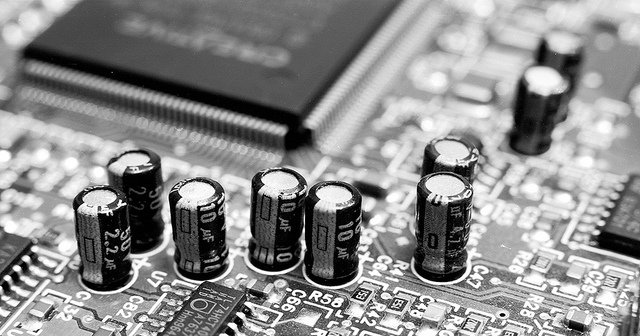A year and a couple of months ago, Christian Schaller asked me to pivot a little bit from working full time on Fleet Commander to manage a new team we were building to work on client hardware enablement for Fedora and GNOME with an emphasis on upstream. The idea was to fill the gap in the organization where nobody really owned the problem of bringing up new client hardware features vertically across the stack (from shell down to the kernel), or rather, ensure Fedora and GNOME both work great on modern laptops. Part of that deal was to take over the bootloader and start working closer to customers and hardware manufacturing parnters.

At first I hesitated as I wasn’t sure I could do a good job, y’all know how the impostor syndrome works specially outside of the comfort zone, also had very little engineering experience on the kernel or hardware related fields outside the hardware design I did at uni.
However after some thinking I thought this was a terribly exciting prospect and I had some ideas as to how to go about it and do a decent job.
Fast forward 16 months and I’m loving it, in a relatively short period of time we’ve been able to build an amazing team that have been able to execute quite a few important highlights to make Fedora and GNOME work better on laptops:
- Peter Jones and Javier Martinez are taking care of the bootloader stack for Fedora, from GRUB2 to the UEFI tooling, including the secure boot and the low level bits of the firmware update mechanisms. Our current efforts revolve around http boot, enabling TPM2 in the bootloader for Trusted Boot and implement the Boot Loader Spec in Fedora across the supported architectures to improve reliability when updating kernels, BLS prevents you from needing to generate a GRUB configuration file every time a kernel is installed or removed.
- Hans de Goede has been working on some neglected areas hardware support wise. When he was transferred he was still working on improving optimus support for NVIDIA hardware. You’ve probably seen two major highlights from Hans’ work lately, one is us spending some time to help VirtualBox upstream their guest drivers since we wanted to make Fedora and the Linux ecosystem at large work out of the box (pun not intended), this is really important as VirtualBox is the first approach many Windows and Mac users have to a Linux operating system and desktop, so we’ve decided to treat it as an important hardware platform for us as we do with KVM/QEMU/GNOME Boxes. He has also been working and most recently he has hit headlines with his amazing and thorough work on improving battery life in Fedora by trying to gather data on which power saving defaults we can enable safely on which devices.
- Christian Kellner has been doing tons of vertical integration, first he revamped GNOME Battery Bench, to improve battery teststing and gather better data about consumption when we try new laptops. He has also been looking at fingerprint, bluetooth and pulseaudio issues. But more recently he has taken the torch to implement Thunderbolt 3 Security levels. This is a pretty big deal and has required a ton of design work with jimmac and Bastien. For those unaware, this is a feature enabled by default in modern laptops that will prevent Thuderbolt devices to be enabled just by plugging them and it will require some sort of authorization from the user. This is important as Thunderbolt is basically a PCI-e bus slave that has access to your entire system so malicious peripherals or cables could access sensitive data.
- Last but not least, Benjamin Berg has been doing a lot of work behind the scenes to improve laptop testing and coming up with a testing suite people can use to test a laptop and bring back a standardized results to Fedora to keep track of regressions and gaps on specific laptop models. We’re trying to automate as much as we can but we still have to write a lot of manual tests for this. This is ongoing work but I think it’s going to help Fedora and the larger Linux ecosystem to be more thorough when it comes to testing hardware and preventing regressions.
Beyond the engineering efforts, we are working with OEMs and silicon vendors as well to try to educate them in the difficult transition from the proprietary OS model to contribute upstream. Some of them are doing really great work and others need improvement. While I can’t share any specific details of these conversations, I must say it’s an incredibly exciting moment for Linux on laptops/workstations and if we are able to push enough silicon vendors to have a more fluent relationship with upstream I think we really have a chance to reduce the problems people have with newer hardware at least on the enterprise offerings at first.
I have to say, it is an incredibly humbling experience to work with this team, I’m learning a lot about the space and I’m excited about the things we’re planning for the next couple of years and the opportunities those efforts could bring for the free software desktop.
That sounds great!
LikeLike